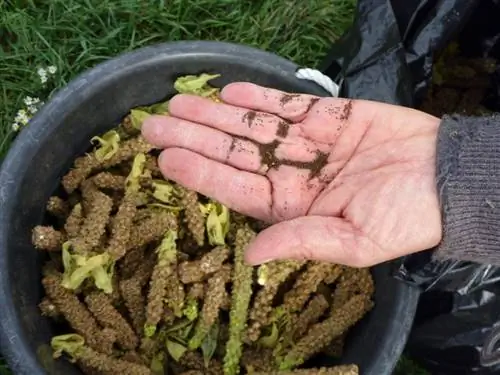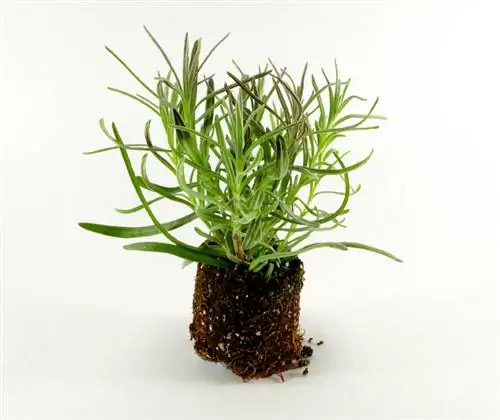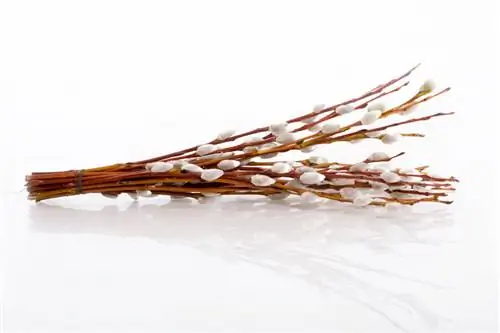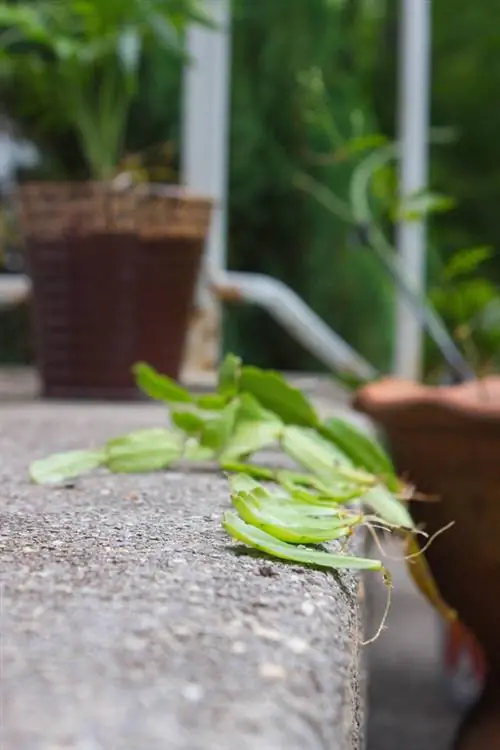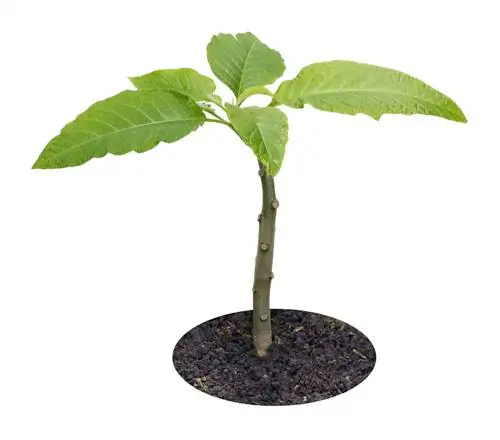- Author admin [email protected].
- Public 2023-12-16 16:46.
- Last modified 2025-01-23 11:20.
Due to its velvety, hairy leaves, the mullein that blooms in many cottage gardens is also popularly known as the wool flower. You can propagate the attractive flowering plant with its candle-shaped inflorescences relatively easily, but you need a little patience until the young plants bloom for the first time.
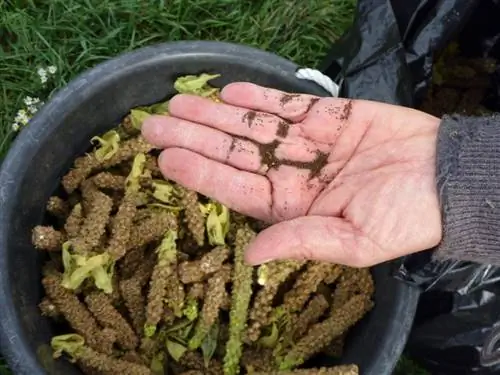
How to propagate mullein?
Mullein can be propagated by self-seeding or sowing seeds, with fresh seeds sown in spring or fall. Biennial and perennial varieties can also be propagated by root cuttings, which are isolated in the garden bed in spring.
Different types of mullein
With the mulleins of the genus Verbascum, a distinction must be made between different lifespans of the various varieties, these are sometimes:
- annual
- two-year-old
- perennial
The wild mullein with its characteristic yellow individual flowers usually only blooms in its second year. In general, mulleins usually reproduce without any problems through self-sowing. As a rule, annual and biennial specimens die fairly quickly after flowering. If you are unsure about the type and lifespan, you should still cut off the mullein above the lower pairs of leaves after the flowering period or first let the seeds ripen in the seed capsules.
Propagation by seeds
The ripeness of the seeds of the mullein, which is often referred to as the wool flower due to its hairy leaves, is indicated by the breaking of the seed capsules and by the blue or black color of the seeds. Seeds can generally be sown in spring and autumn, with the freshest possible seeds producing the best results. If you have bought hybrid seeds from specialist retailers, then propagation from seeds you have harvested yourself is not possible. In addition, the mullein grown from your own seeds are not always true to the variety and can sometimes have surprising flower colors. If the seeds are grown in planting boxes, you should separate the young mulleins about 50 centimeters apart as soon as they have finished developing their first pairs of leaves.
The propagation of mullein by root cuttings
Biennial and perennial varieties of mullein can also be propagated using so-called root cuttings, with this propagation method producing true-to-variety offshoots. To do this, expose the roots of a strong mullein after flowering or carefully dig them up. Then cut off pieces of roots about five to ten centimeters long with sharp planting scissors or a knife and leave them over the winter in a sufficiently moist place in a cool but bright room. By spring, a first pair of leaves should have formed on each root cutting, so that it can be separated directly into the garden bed.
Tips & Tricks
When propagating using root cuttings, make sure to plant the individual root pieces in the direction of growth in the propagation box filled with a sand-soil mixture.

